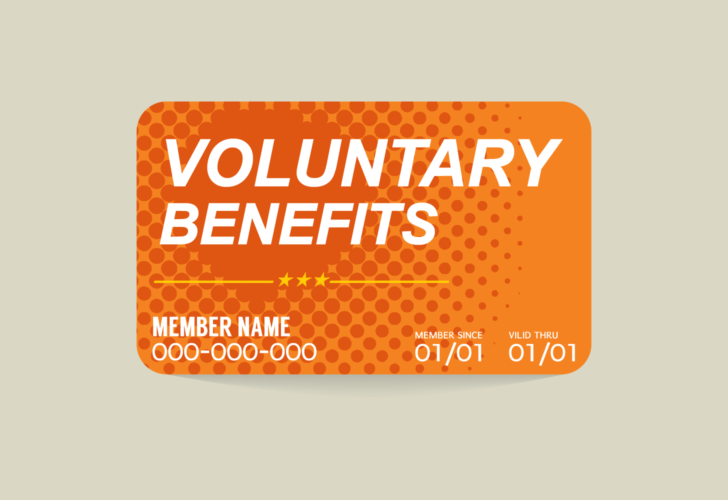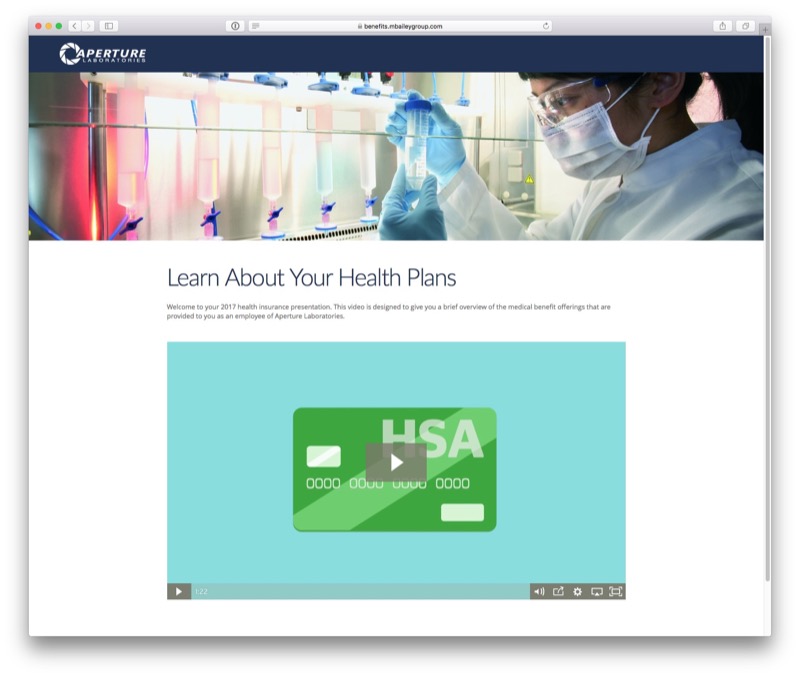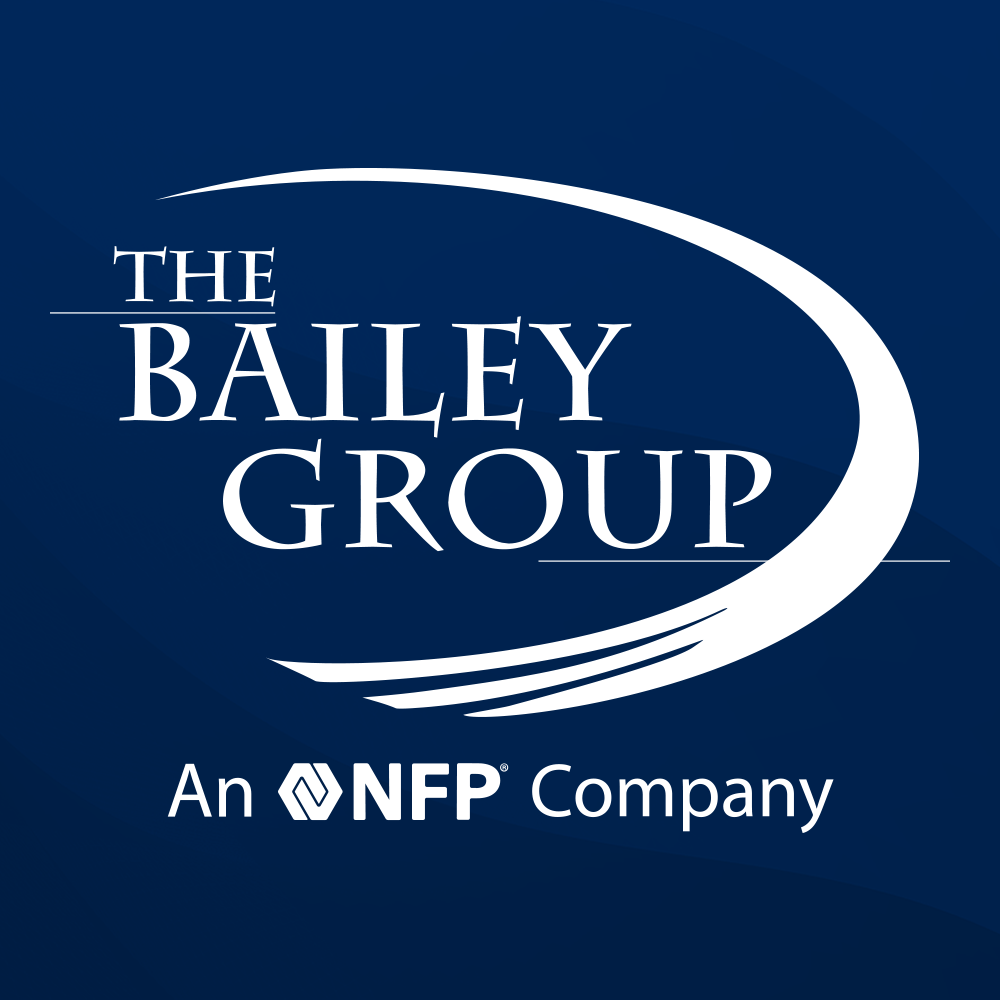5 Ways to Communicate the Value of Your Voluntary Benefits
By The Bailey Group Marketing
Published May 1, 2017

Offering voluntary benefits is a great way to enhance your benefits package, differentiate from competitors and increase employee satisfaction –– all with little impact on your budget.
But while employers may choose to offer numerous types of voluntary benefits that can deliver convenience and value for employees, many employees do not understand the advantages of these voluntary benefit options or are unclear how they work.
This post will hopefully get your creative juices flowing when it comes to the different ways you can communicate and demonstrate the value of your voluntary benefits.
Demonstrate the Value
When compared to employer-sponsored benefits, many employees may fail to see the value of voluntary benefits that they must personally finance.
For example, one perk to voluntary benefits is that purchasing insurance through an employer group is often cheaper than buying individually. Most employees don’t know or understand this!
When promoting your voluntary benefit options, talk about the benefits of having coverage, the risks of going without, and emphasize the convenience and value of purchasing through your company and paying through payroll deductions.
In my personal opinion, the convenience of voluntary benefits trumps all the other reasons listed above. The fact that I don’t have to spend my time researching product types, asking questions, dealing with billing, etc. is a huge selling point.
Focus on Education
When offering any benefit option, employer-paid or voluntary, you should be sure your employees understand the ins and outs of how their coverage works. Here are a few ways to make sure your employees are sufficiently educated about their benefits:
- Invite current employees to monthly or quarterly benefits meetings that you typically provide only for newly hired individuals. The questions your experienced benefits users will ask will help your new hires understand their benefits even more.
- Record your next new hire benefits presentation and post it on your company intranet. This is a huge time saver. Record your next 2 or 3 Webex presentations, select the best one and post the link / file on your company intranet. That way when employees need a refresher on the benefits you offer, you can simply give them a link to review the presentation at their leisure. Below is an example of the types benefits education sites we create for our clients to make it easy for them achieve this goal.

BONUS TIME SAVING TIP
Create a template email in Outlook with the link to your recording and some intro text so that the next time an employee tells you they don’t understand a specific benefit you can simply open the template up, type in the employee’s email address and hit send.
- Ask your voluntary benefits providers to send a representative to discuss their coverage with employees. Most voluntary carriers are eager to share the good word about their products with your employee base.
- Consider using small group meetings over one-on-ones. While most benefits administrators don’t have time to meet individually with employees (your broker should be doing this on your behalf. If they’re not, give us a ring), consider scheduling small-group meetings with a few employees who have questions.
- Enhance your existing benefits communication program with social media. Social media provides a convenient and effective way to reach out to your employees with educational information, tips and reminders. We recommend creating separate social media accounts that are focused on this purpose. That way you can keep the message your business communicates with your customers separate from the message you deliver to your employees.
In addition to boosting participation in your voluntary benefits programs, providing this meaningful education can position you as a valuable source of knowledge and strengthen employee satisfaction and loyalty to your company.




